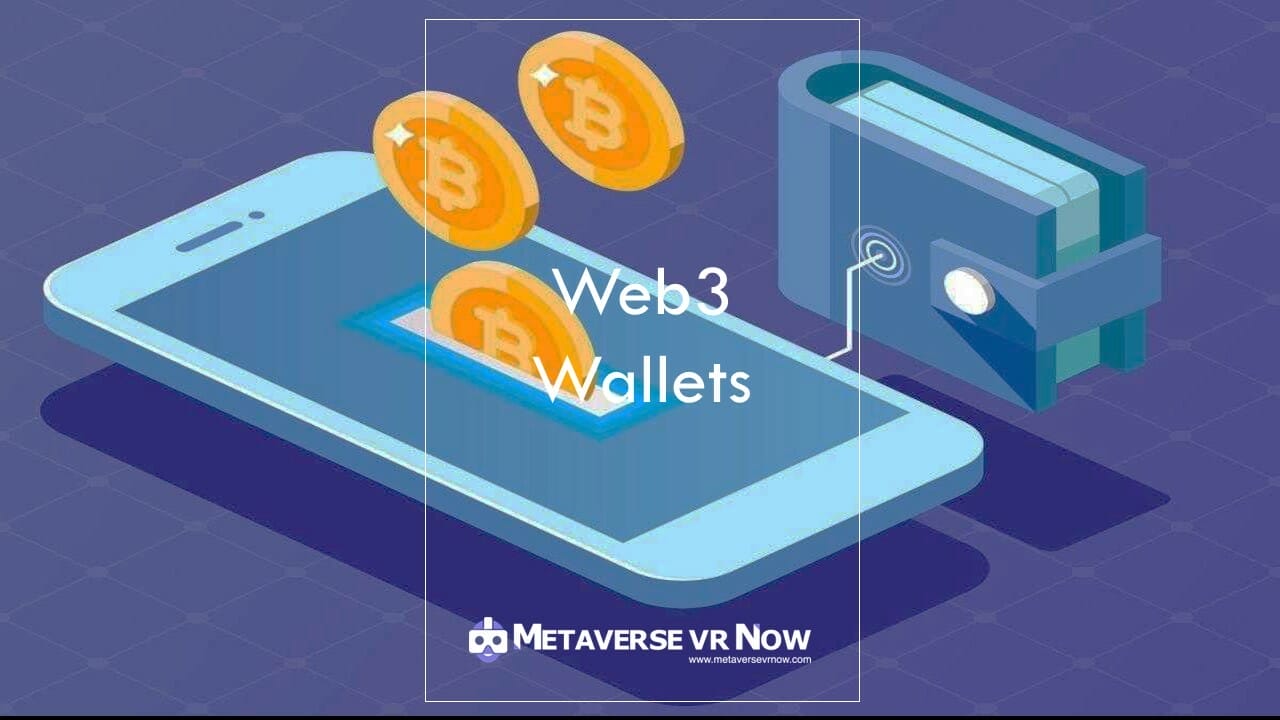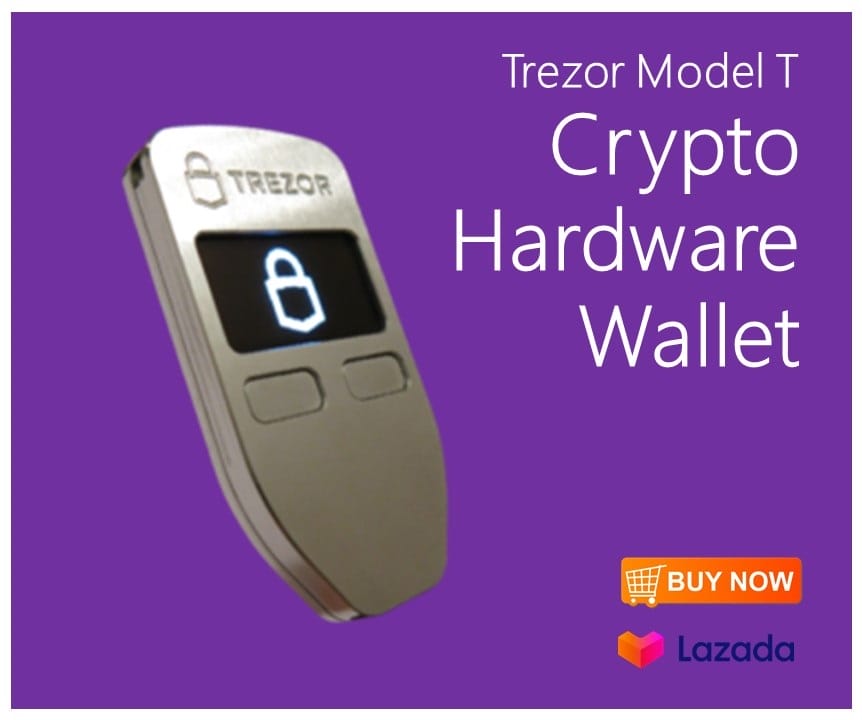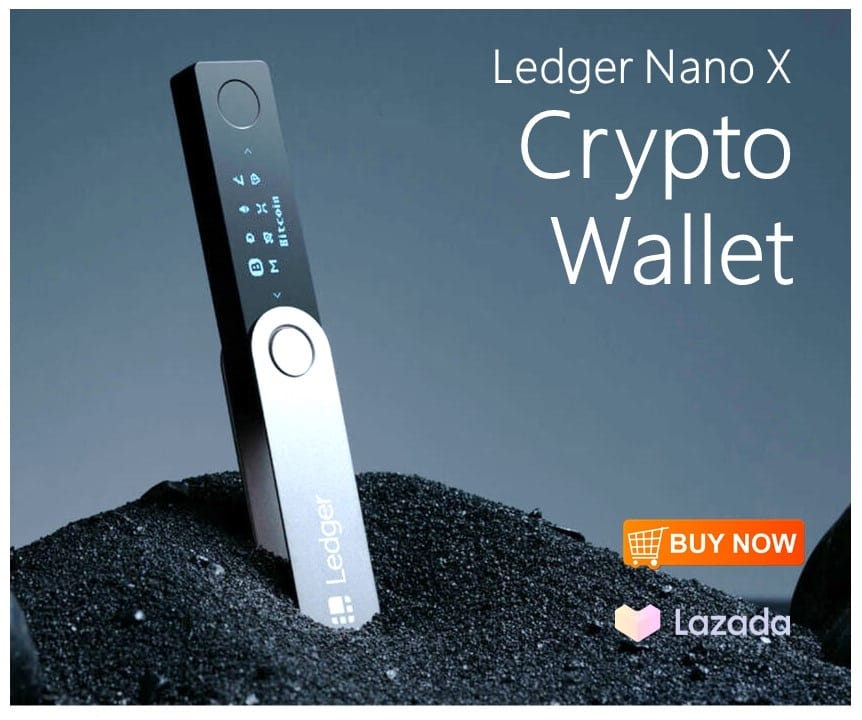Cryptocurrency transactions have grown significantly in recent years, and as a result, a variety of new technologies are beginning to emerge to increase the efficiency and security of these transactions. One of these technologies is the Web3 wallet, which is becoming increasingly popular for Web 3.0 users looking to store, transfer, and receive digital assets securely.
The continued growth of cryptocurrencies is bringing a need for easier and more secure ways of conducting transactions. Web3 wallets provide users with enhanced security for their crypto investments as well as increased flexibility in how they make transactions.
Cryptocurrency transactions have become increasingly popular in recent years, and with that comes the need for a secure platform. A Web3 wallet is the perfect solution for crypto users looking to store, send, and receive their digital assets safely. With its myriad of features, a Web3 wallet offers numerous advantages over other forms of cryptocurrency storage, including enhanced security, more transparency, and improved user experience.
In this article, we will discuss the various benefits of using a Web3 wallet for cryptocurrency transactions and how it can help enhance the user experience.

What are Web3 Wallets?
Web3 wallets are the latest technological advancement in the world of cryptocurrencies. These wallets offer a range of features that are designed to enhance security, privacy, and ease of use. They provide users with complete control over their digital assets and enable them to interact with decentralized applications (DApps) without relying on intermediaries.
Unlike traditional wallets, Web3 wallets utilize blockchain technology to create an immutable record of all transactions. This means that every transaction is transparent and cannot be altered or deleted by anyone. Additionally, Web3 wallets are non-custodial in nature, which means that users hold private keys to their assets and are responsible for their own security.
One of the most significant benefits of using a Web3 wallet is its interoperability across different DApps and blockchains. Users can seamlessly switch between different networks without having to switch between multiple wallets or re-enter their private keys repeatedly.
Why are Web3 Wallets Important in Crypto Transactions?
Web3 wallets are an essential part of the cryptocurrency ecosystem. These digital wallets allow users to store, manage, and transfer cryptocurrencies easily and securely. But why exactly are they important in crypto transactions? Let’s dive deeper into the world of web3 wallets.
Firstly, web3 wallets give users complete control over their funds. Unlike traditional banking systems where banks have control over your money, web3 wallets give you full autonomy over your assets. This means you don’t have to worry about third-party interventions or censorship while making transactions.
Secondly, web3 wallets enable seamless access to decentralized applications (dApps). Since these applications run on blockchain networks, they require a compatible wallet for interaction. Web3 wallets provide this compatibility and make it easy for users to interact with dApps without having to go through complex procedures.
Benefits of Using a Web3 Wallet
Web3 wallets are digital wallets that allow individuals to manage their cryptocurrencies and interact with decentralized applications (DApps) on the blockchain. Unlike traditional wallets, which are controlled by banks or other financial institutions, web3 wallets give users complete control over their assets without relying on a third party.
One of the biggest advantages of using a web3 wallet is the increased security it provides. Since web3 wallets are decentralized, they eliminate the risk of hacking and theft associated with centralized exchanges. Furthermore, users can store their private keys securely on their own devices, making it nearly impossible for anyone else to access their funds.
Another benefit of using a web3 wallet is the level of privacy it affords users. Web3 wallets do not require personal information such as names or addresses to create an account, thus providing anonymity in transactions.
How to Set Up a Web3 Wallet
Web3 wallets are becoming increasingly popular with the growing use of blockchain technology. These wallets allow users to manage their cryptocurrency assets, participate in decentralized applications (dapps), and interact with the larger blockchain ecosystem. If you’re new to web3 wallets, setting one up may seem daunting, but it’s actually a straightforward process that can be completed in just a few steps.
First and foremost, it’s important to choose a reputable web3 wallet provider. Some popular options include MetaMask, MyEtherWallet, and Trust Wallet. Once you’ve selected your provider, you’ll need to download the wallet extension or app onto your device. From there, you’ll create a new account by following the instructions provided by your chosen provider. Be sure to record your private key or seed phrase somewhere safe, as this will be essential for accessing your wallet in the future.

Security Considerations
Web3 wallets have become increasingly popular with the rise of cryptocurrency and decentralized finance (DeFi). These wallets allow users to securely store and manage their digital assets without having to rely on a centralized intermediary. However, as with any technology that involves the storage and transfer of value, security considerations are paramount.
First and foremost, it is important to choose a reputable web3 wallet provider. This means doing research on the company’s background, track record, and security practices. Look for providers that use multi-factor authentication (MFA), encryption, and other advanced security measures to protect user funds.
Another key consideration is how the web3 wallet interacts with decentralized applications (dApps). Some dApps may require users to grant permission for the wallet to access certain functions or data. It is important to understand what permissions are being granted and why they are necessary before granting them.
Comparing Different Wallet Types
Are you new to the world of cryptocurrencies and wondering which type of wallet is the best fit for your needs? One option you may want to consider is a web3 wallet. These wallets are designed specifically for use with decentralized applications (dApps) on blockchain networks such as Ethereum.
Unlike other types of wallets, web3 wallets allow users to interact seamlessly with dApps without having to leave their wallet interface. This added convenience makes them a popular choice among avid supporters of decentralized finance (DeFi) platforms, who frequently engage in trading or lending activities.
However, it’s important to note that not all web3 wallets are created equal. Some offer more advanced features like staking or yield farming, while others may have limited functionality. Additionally, choosing a reputable provider is crucial when it comes to securing your funds and protecting yourself against potential fraud or hacking attempts.
Final Word: Web3 Wallets is the Best Choice for Crypto Transactions
In conclusion,web3 wallets offer a convenient, secure way for users to store and transact with their cryptocurrency. They can be used to access a variety of decentralized applications, as well as facilitate peer-to-peer transactions. Additionally, they provide users with the ability to interact directly with smart contracts on the blockchain. With the growing popularity of cryptocurrency, more and more people are looking for ways to make transactions simpler and safer, and web3 wallets can help do just that.
Web3 wallets are an important tool for those seeking to make transactions using cryptocurrencies. They offer greater privacy and security, enhanced user experience, and access to a wide range of dApps. It is clear that unlocking the benefits of these wallets is essential for any user looking to take advantage of the advantages offered by blockchain technology. For anyone considering making crypto transactions, understanding how Web3 wallets work is an important first step in realizing the full potential of blockchain technology.









